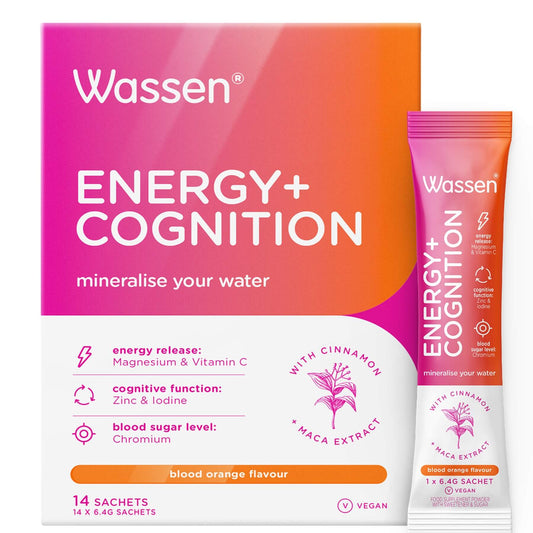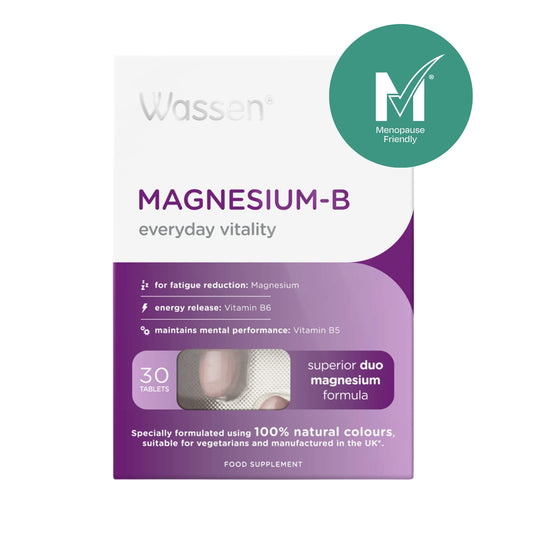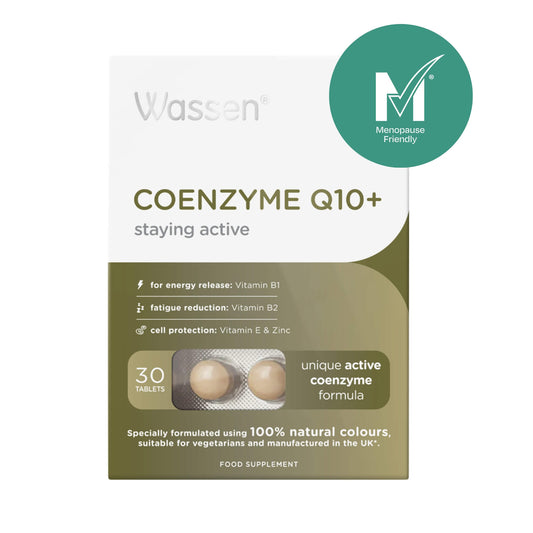- MAGNESIUM IS INVOLVED IN 300+ CHEMICAL REACTIONS IN THE BODY
Magnesium is involved in over 300 chemical reactions in the body. In fact, every cell of the body contains it.
Here are some of the vital roles that Magnesium plays in your health:
- Magnesium helps release energy, without it, the energy in food cannot fuel our bodies ready for the rigours of modern-day living. Magnesium contributes to a reduction of tiredness and fatigue and normal energy-yielding metabolism.
- Quick reactions and a good state of mind equip us to perform at our best. Magnesium is vital for healthy, normal psychological function and nervous system. Magnesium contributes to normal psychological function and to the normal functioning of the nervous system.
- Magnesium contributes to normal muscle function. A sign of low Magnesium status can be muscle cramping.
- Magnesium contributes to the maintenance of normal bones and teeth.
- MAGNESIUM IS THE FOURTH MOST ABUNDANT MINERAL IN THE HUMAN BODY
Oxygen, carbon, hydrogen, nitrogen, calcium, and phosphorus...Sounds like a chemical cocktail but is actually a list of the elements our body is made of.
The five major minerals in the human body are calcium, phosphorus, potassium, sodium, and magnesium, magnesium being the fourth most abundant mineral.
- MAGNESIUM MAKES UP 2% OF THE EARTH'S CRUST
Magnesium is a solid grey metal. While it makes up 2% of the Earth's crust you will probably never find magnesium in its raw form in nature. Magnesium occurs naturally only in combination with other elements, such as carbon, calcium and oxygen.
The first person to isolate the element was Cornish chemist Sir Humphry Davy using a mixture of magnesia and mercuric oxide via electrolysis in 1808.
- DIETARY INTAKE OF MAGNESIUM IN THE UK IS LOW
36% of women and 44% of men in the UK have dietary intake of Magnesium that is below the intake estimated to meet their nutritional requirements.*
Levels of magnesium within our diet have declined by 21% since 1940. This is due to the declining mineral content of the soil which could be caused by modern farming practices.**
- FOOD SOURCES RICH IN MAGNESIUM INCLUDE COCOA, CEREALS AND VEGETABLES
Magnesium can be found in lots of everyday foods such as fruit, vegetables, wholegrains, nuts and seeds.
Here is a list of foods that most of us eat that contain magnesium:
- Dark chocolate contains magnesium: a 28-gram serving of dark chocolate
provides 17% of the NRV for magnesium.
- Avocado: provides 13% of the NRV for magnesium.
- Fish that contains lots of magnesium include halibut, mackerel and cod.
- Vegetables: spinach, potato with skin, broccoli and dark green leafy vegetables.
- Legumes: lentils, beans, chickpeas, peas and soybeans.
- Nuts: cashews, almonds and brazil nuts
- Tofu
- Whole grains
- Seeds
WHO SHOULD TAKE MAGNESIUM?
Our Magnesium B is great for anyone who wants to support their mental and physical wellbeing. It is designed for anyone with an active lifestyle and sporting enthusiasts.
Our Magnesium OK is perfect to support general health and vitality throughout the monthly cycle, from teenage years into healthy female adulthood and as the body matures before, during and after the menopause.
Magnesium which contributes to normal muscle function.
Magnesium contributes to a reduction of tiredness and fatigue and normal energy-yielding metabolism
Vitamin B5 to support normal mental performance
Vitamin B6 which contributes to normal psychological function
Food supplements should not replace a balanced diet and healthy lifestyle.





